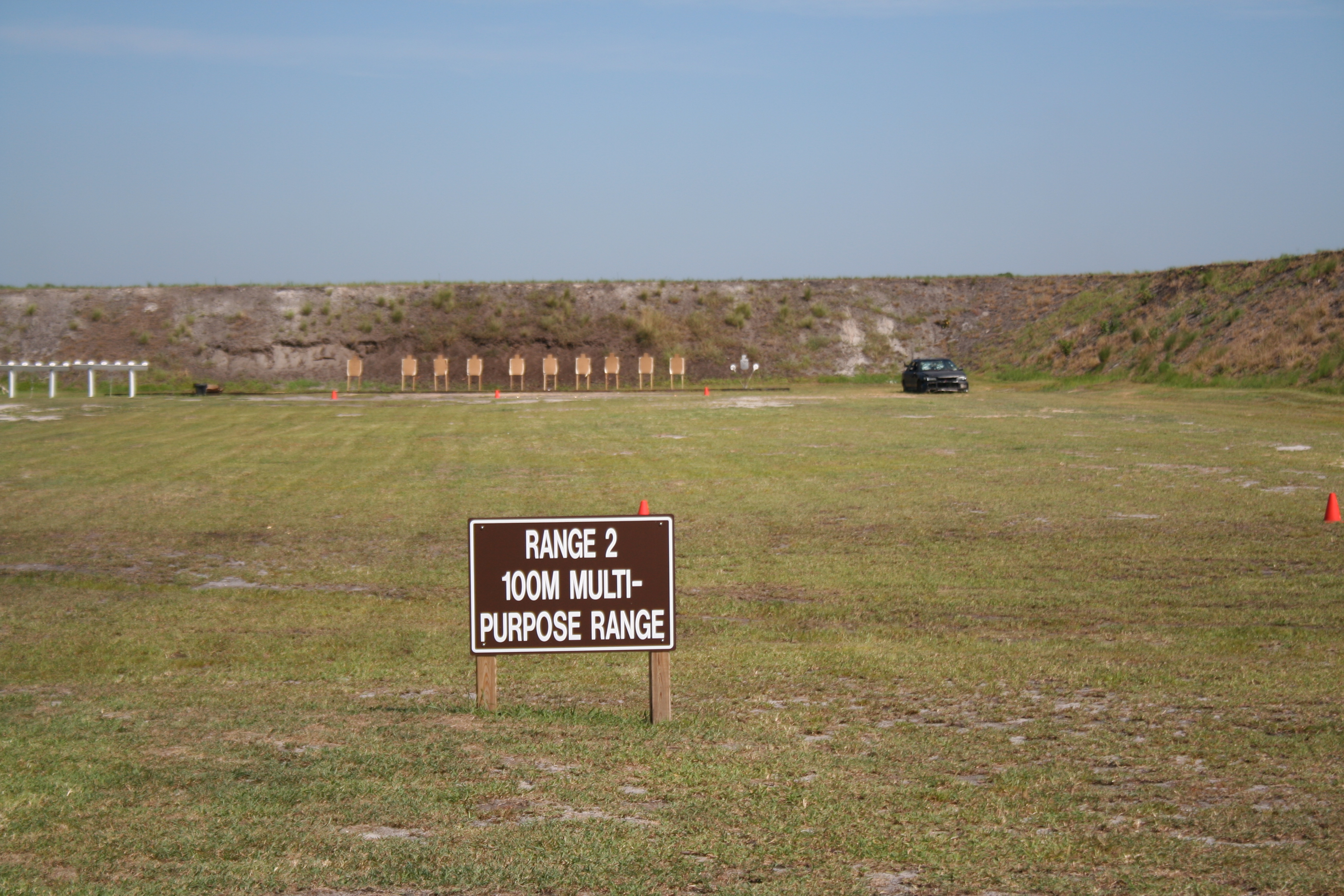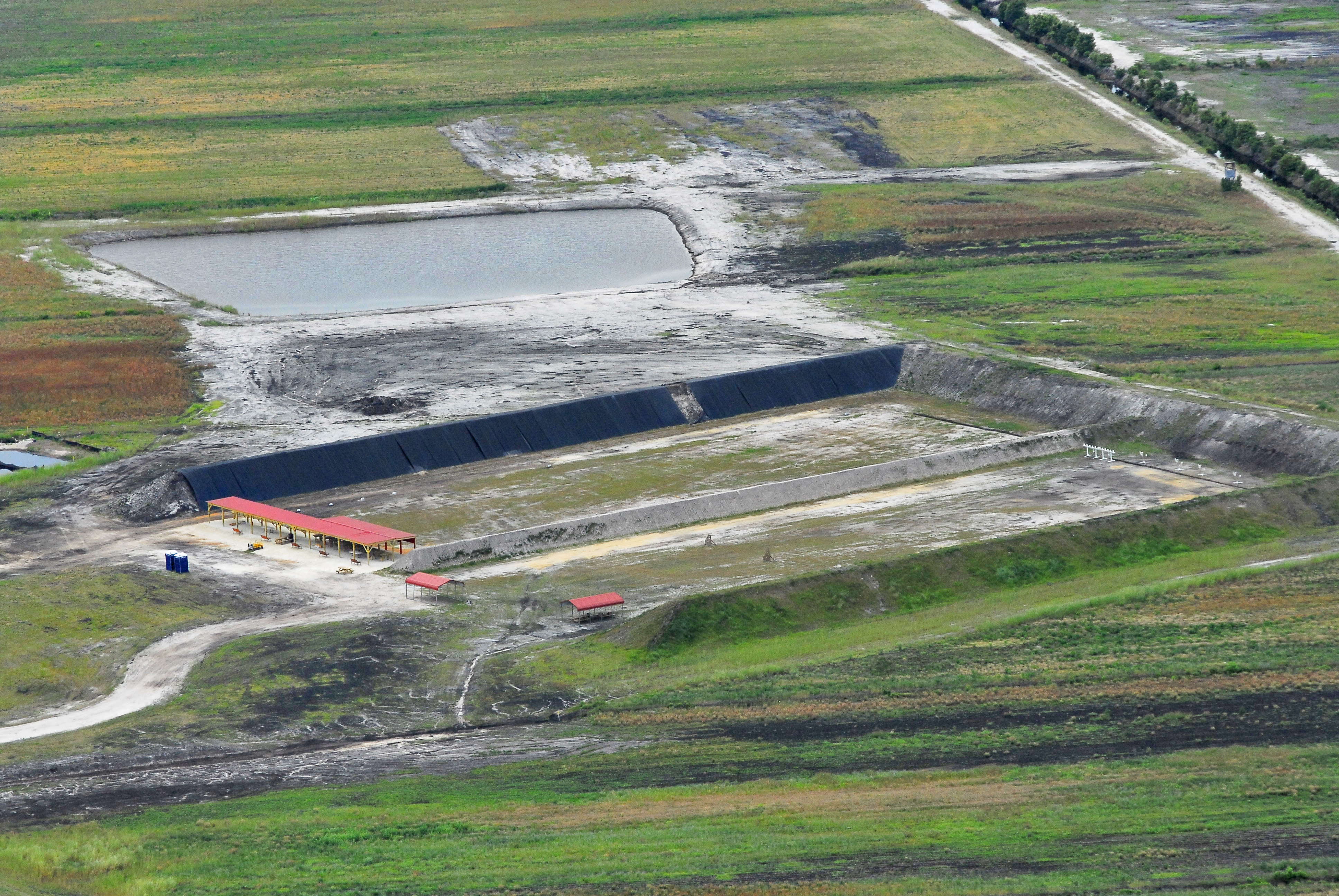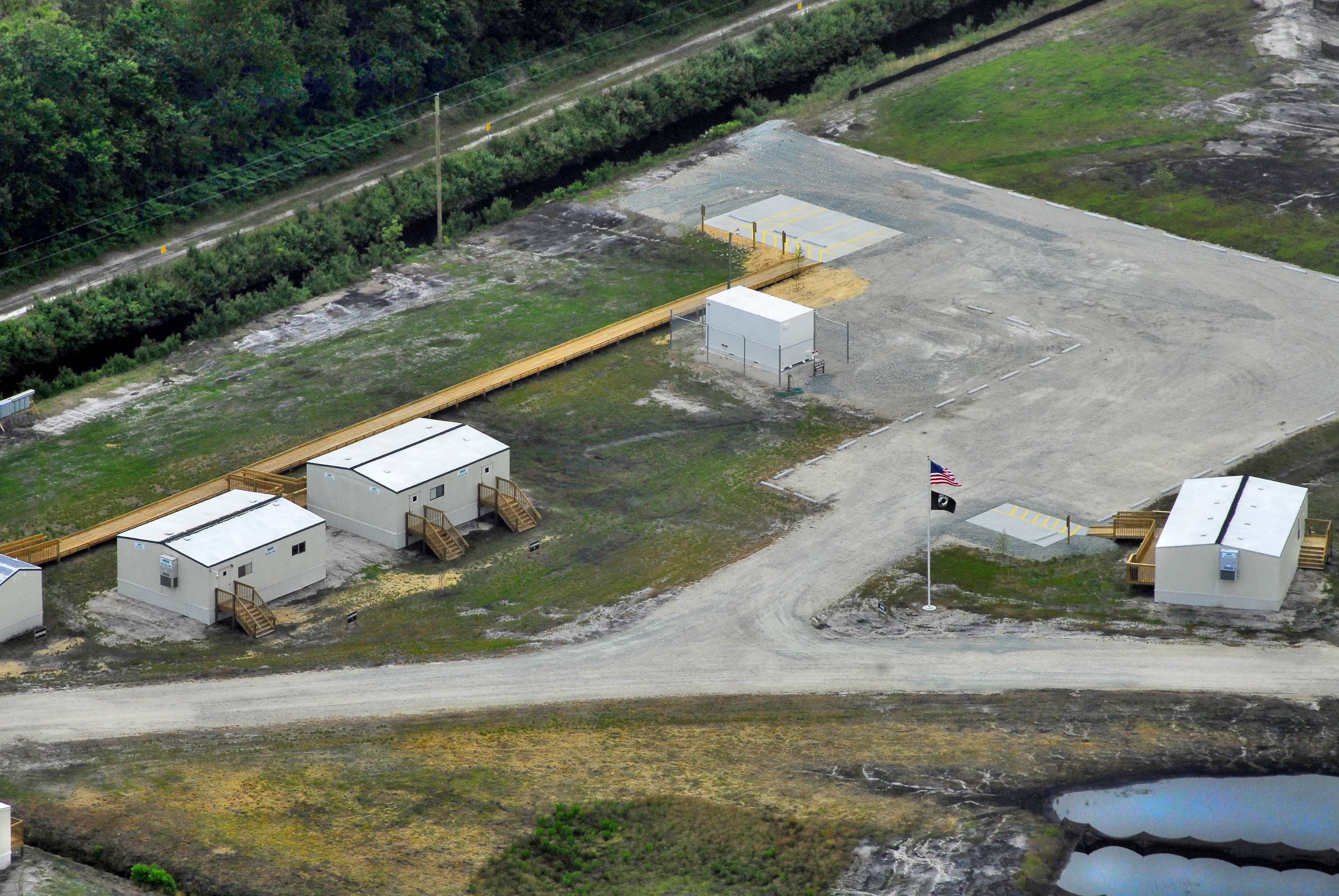Had a great time at the TigerSwan class last weekend that Sean at the NCGUNS blog arranged. Some of it was a refresher of some techniques in the basics from classes I’ve taken in the past from David Bramble of Shoot to Live who teaches his classes out of Personal Defense and Handgun Safety Center on Tryon Road in Raleigh. There some differences, but none of any real significance. Grip, trigger control, sight alignment, stance were all basically the same.
But an interesting thing happened to me near the end of the all day class. We had just finished up with some shooting from retention exercises.
We would stand about two feet from the target in front of us, within hands’ reach, and at the buzzer, drawn but not extend the gun out. If you do extend it, there’s a good chance your assailant is going to be able to hit the gun away or possibly wrench it away from you and maybe even break one or two of your fingers. So you draw, and keep the gun at our hip, possibly wedging it between your holster and your side, being careful not to hold it in a position that would cause the slide to hit you and cause a malfunction.
You would then fire three rapid shots, then back up at about a 45 degree angle and fire three more shots to center of mass while on the move. In this situation it’s often better than backing up in a straight line as it might be unexpected and forces your assailant to reorient a bit and either shoot at an angle (if he’s also armed) or change his stance.
So onto the last course of fire we worked on which was extreme transitions. There were four targets probably less than eight feet away, two on the left and two on the right. The angle between the two targets farthest from each other (with respect to angle) was about 120 degrees. You would fire two shots per target. Outer targets first, forcing you to move between the furthest targets, leading with your eyes/head first and then moving the gun to reduce the chance of over travelling and missing the second target. Then transition back to the other side and shoot the targets that are closer together.
Well, immediately after I drew and before I was on target, I let my first round off, about two feet in front of me into the ground. Yes, I believe this could rightly be called a negligent discharge. No one was hurt and no property was damaged, but I did violate rule 3.


